The history of Tibet has always been associated with Buddhism, not only because it is the religion of most of its population but also because most Tibetan historians were Buddhist monks. However, about 2–3 per cent of the Tibetan population consists of Muslims.
We met with Mohammed Ibrahim and Abdel Rahman Batt, elders of the Tibetan Muslims in Kathmandu, Nepal, who told us the following facts about the small communities of Tibetan Muslims.
1. MUSLIMS HAVE PEACEFULLY COEXISTED WITH BUDDHISTS IN TIBET
Some accounts say that Muslim merchants from Nepal, China and India settled in Tibet between the 14th and 17th centuries, while others say that Muslims have lived there for almost a thousand years. Either way, Muslims have been an integral part of the country for a long time, following and preserving the culture as much as Buddhist Tibetans do.
There are four mosques in Lhasa, two in Shigatse, and one in Tsetang, all built in the Tibetan architectural style. Lhasa and Shigatse are also home to a number of Islamic schools, or madrasas. Today, Kashmir is home to the largest community of Tibetan Muslims. Other, smaller communities are scattered around Kathmandu, Darjeeling and Kalimpong. Many have also remained behind in Tibet. Almost all of them seem to be linked by family relations and community ties.
2. THE DALAI LAMA HAS ALWAYS PRAISED TIBETAN MUSLIMS
It is said that the Fifth Dalai Lama invited Muslim merchants to stay in Tibet, granting them privileges and giving them land in Lhasa for a mosque and a cemetery. Muslims were also exempted from taxes.
The local Muslim community that eventually settled there enjoyed a lot of freedom. An elected five-member committee supervised their internal affairs and settled disputes based on Shariah laws.
The current Dalai Lama also speaks very highly of Tibetan Muslims. According to Mohammed Ibrahim, the Tibetan leader used to eat only halal meat, supplied to him by a Muslim butcher, and he considered it cleaner than other meat.
3. TIBETAN MUSLIMS HAVE HELPED PRESERVE TIBETAN CULTURE IN EXILE
After the Chinese annexation of Tibet in 1950, Tibetan communities around the world made a tremendous effort to preserve their national heritage, culture and language, and Tibetan Muslims played a major part in that.
At the house of the elder of the community in Kathmandu, I was served Tibetan tea by his wife, who wore the Tibetan national dress. Everyone, including younger generations who were born in Nepal, spoke Tibetan. With the exception of Quranic verses on the wall, everything was identical to what you would see in any other Tibetan household.
4. TIBETAN MUSLIMS PERCEIVE THEIR EXILE AS HIJRA
According to the community elders, they faced no issues with the Chinese government, who perceived them as foreigners of Indian, Nepali and Chinese origin. Their trade was also doing well, uninterrupted by the political tension. The only reason that drove them to request permission to go back to India and Nepal was their concern for their religion.
“The main reason behind the migration was the religion, so you can say that it is considered to be a hijra for us,” Ahmed Kamal, a younger member of the community who was born in Nepal, told me. Our conditions and business was good, and the Chinese never disturbed our communities because we belonged to either the Nepalese or Indian consulate. But the elders were concerned about what would happen to the religion of the younger generation of Tibetan Muslims under the communist regime.”
5. TIBETAN MUSLIMS FOUNDED THE MUSLIM WELFARE ASSOCIATION IN KATHMANDU
The NGO was registered with the Nepali government just recently, but unofficially, the Muslim Welfare Association has been there for a long time. Because of the limited budget, NGO focuses most on education. Donations are collected from members of the community for zakat as well as to offer scholarships to Tibetan and non-Tibetans alike, with 90per cent dedicated only to Muslims.
– Yasmin Helal www.mysalaam.com



